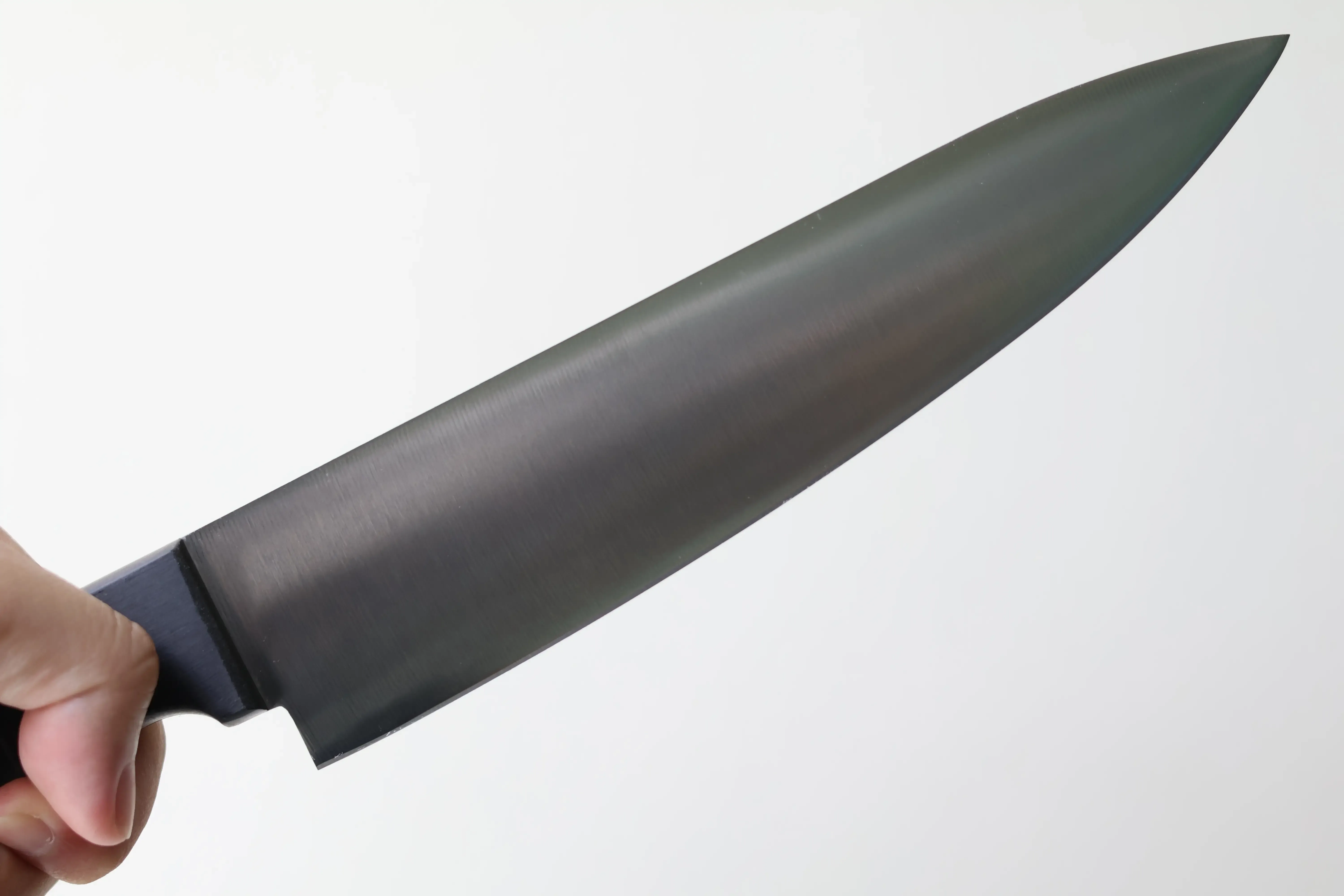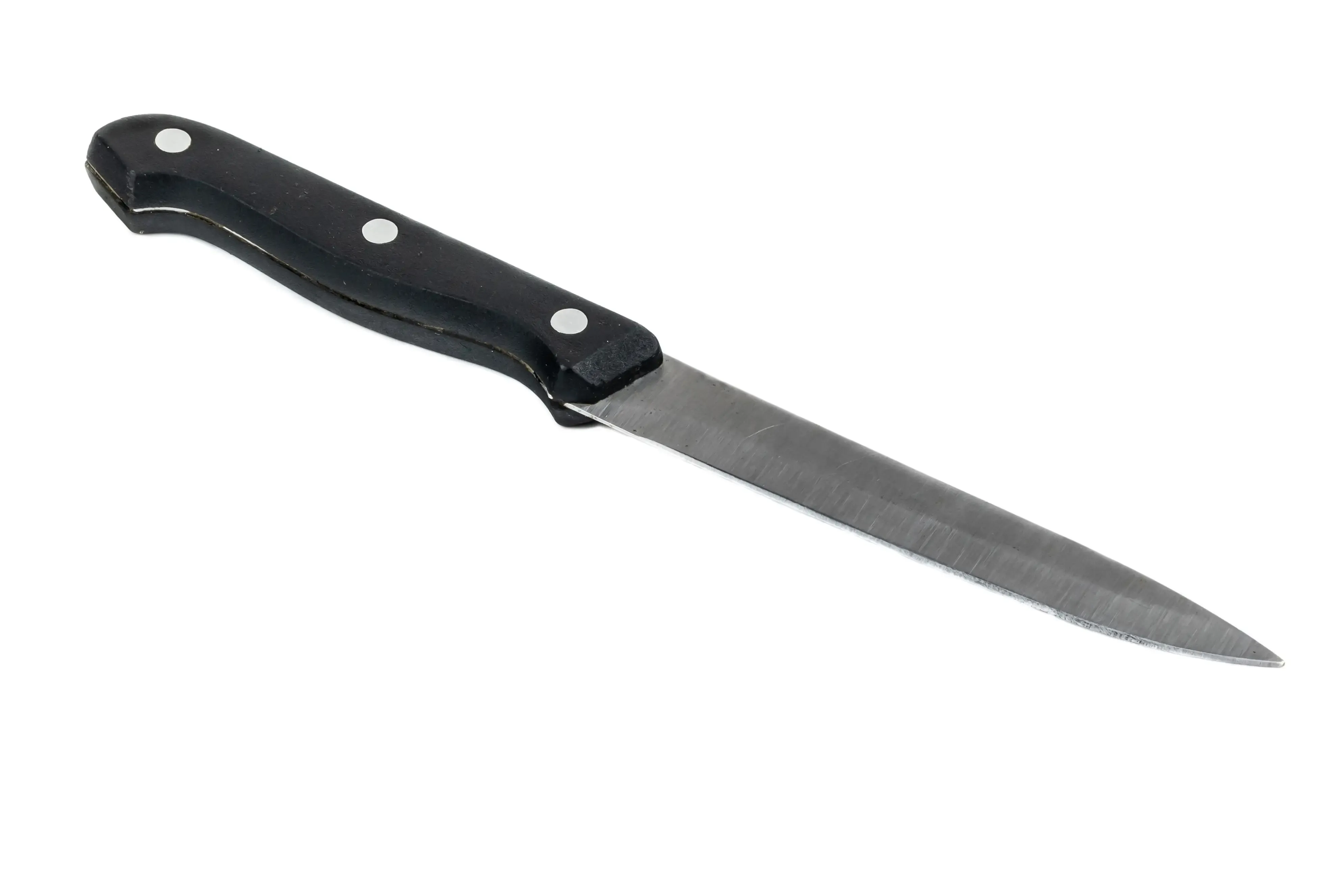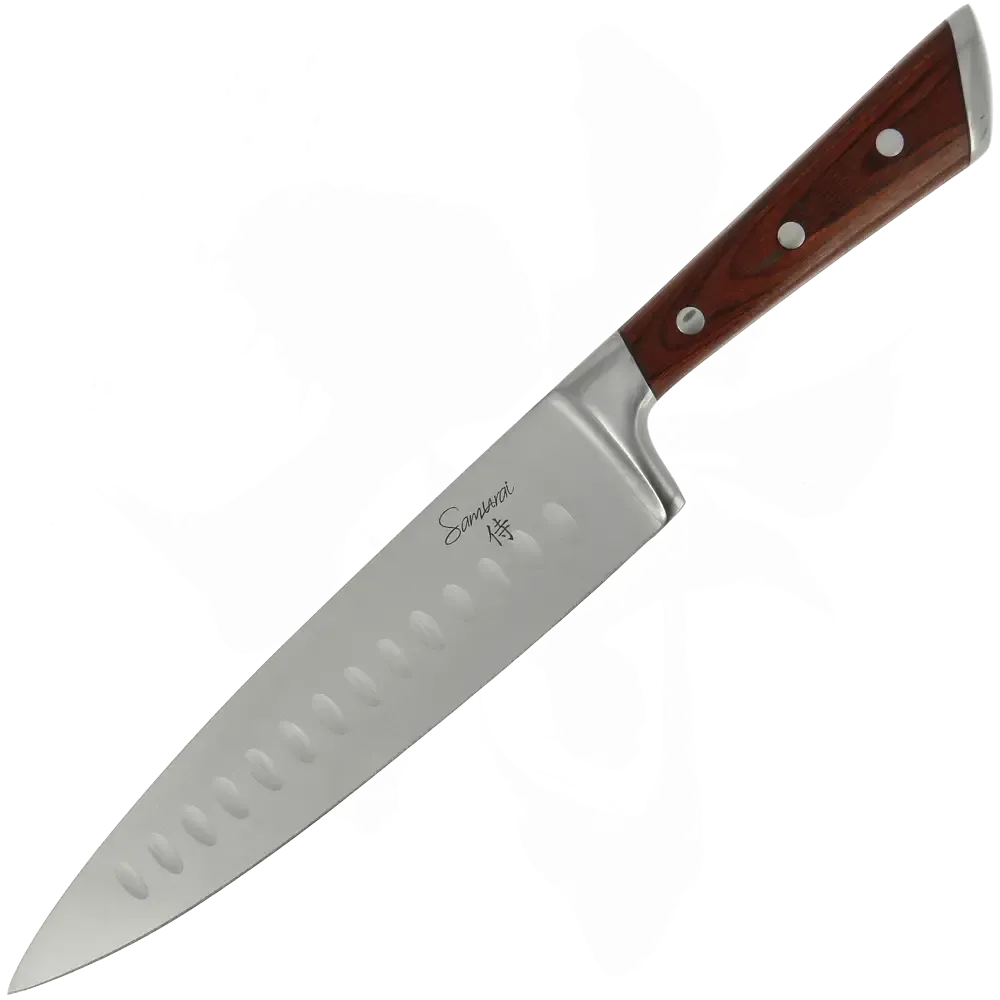Knife Set Buying Guide
Selecting the right kitchen knife set can transform your cooking experience, making meal preparation more efficient, enjoyable, and safe. Here's what to consider when choosing a quality knife set:
Blade Material
Look for blades crafted from high-carbon stainless steel, a popular choice balancing sharpness, durability, and corrosion resistance. While you'll hear about pure carbon steel and pure stainless steel, high-carbon stainless steel combines desirable properties from both.
The high carbon content in the steel allows the blade to be heat-treated to a significantly greater hardness. This means the knife can achieve a finer, sharper edge and, crucially, maintain that keen edge for a longer period during use. This reduces the frequency of sharpening, keeping your cutting effortless.
The "stainless" aspect comes from the addition of chromium (typically at least 10.5%). This element forms a passive layer on the steel's surface, providing strong resistance to rust, corrosion, and staining from water, acidic foods, and general kitchen environments.
Premium options often feature specialized German steel (known for robustness) or Japanese steel (renowned for extreme sharpness and hardness, often measured by the Rockwell hardness scale). A higher Rockwell rating generally indicates a harder blade that holds its edge longer but can be more prone to chipping if mishandled.
Blade Shape
It's easy to think, "a blade is just a blade; if it's sharp enough, it will do the job." But the truth is, people often underestimate the power of blade shape. Far from being just a stylistic choice, the shape of a knife's blade plays a significant role in its functionality, how efficiently you can cut, and even your safety in the kitchen.
Here are some common blade shapes and what they're best for:
Chef's Knife: The broad, curved blade allows for a versatile rocking motion ideal for chopping, dicing, and mincing a wide variety of ingredients, from vegetables to meats. The slight curve from the heel to the tip allows for efficient and continuous cutting.

Paring Knife: Small, nimble, and precise. The paring knife features a short, narrow blade (typically 3-4 inches) with a sharp point. It's designed for detailed, in-hand tasks like peeling fruits and vegetables, coring, trimming, deveining shrimp, or creating garnishes where fine control is crucial.

Serrated Knife: Easily recognizable by its saw-like, jagged edge, a serrated knife excels at slicing through items with tough exteriors and soft interiors without crushing them. This makes it ideal for crusty bread, tomatoes, melons, or cakes. The serrations grip the surface and tear through, preventing squashing.

Carving Knife: When you're dealing with larger cooked items, this knife is a game-changer. Its long, thin, and often flexible blade allows you to make clean, even slices through roasts, poultry, or larger cuts of fish in a single stroke. This preserves the juices and gives you beautifully presented portions.

If you're looking for the absolute essentials that will cover almost every cutting task in a home kitchen, these four knives are your best bet.
Knife Construction
Forged knives, made from a single piece of steel, are often heavier and offer superior balance, strength, and durability due to their full tang construction (where the blade steel extends the full length of the handle).
Stamped knives, cut from a sheet of steel, tend to be lighter and more affordable, but still offer good performance, especially with precision manufacturing.
Handle Design
The handle should feel like a natural extension of your hand. Prioritize ergonomic designs that provide a comfortable and secure grip, reducing hand fatigue during prolonged use.
The material is a critical consideration. Beyond just aesthetics, different materials offer varying levels of grip, durability, hygiene, and comfort, and each comes with its own set of potential challenges:
-
Pakkawood (Wood-Resin Composite): Offers excellent durability and resistance to moisture and warping compared to natural wood. Secure grip that often performs well even when wet. It's also generally hygienic as the resin fills pores. However, they are not dishwasher safe.
-
Synthetic Materials (e.g., G-10, Micarta, POM, Polypropylene, TPE): Known for superior durability, extreme resistance to water, temperature changes, and chemicals. They are typically lightweight, dimensionally stable, and require very low maintenance. Some plastics are even dishwasher safe. However, certain lighter plastics might also feel less substantial, impacting the knife's balance.
-
Natural Wood: Natural beauty, good grip. A warm, comfortable feel in hand. Requires significant maintenance; highly susceptible to water damage (swelling, cracking, warping) if left wet or put in a dishwasher. They can dry out over time and are generally less hygienic than composites or synthetics.
-
Steel: Often integrated with the blade as a single piece or riveted on. Extremely durable, corrosion-resistant, and typically easy to clean due to its smooth surface. Dishwasher safe but slippery, heavy, and cold to touch.
Final Thoughts
After diving deep into what makes a knife set truly great, it’s clear that "sharpness" is just the beginning. I've learned firsthand how blade material impacts its lasting edge, how a comfortable handle truly feels in your grip after a long session, and how the right blade shape makes all the difference for specific tasks. Durability, balance, and ease of care are all puzzle pieces that create the perfect cutting experience.
For those serious about their culinary tools, the ZWILLING Pro set absolutely shone through with its masterful forging and incredible balance. It truly feels like an extension of your hand. But if you're seeking impressive everyday value, the PAUDIN set offers a full array of knives with a block at an incredibly accessible price.
I hope my journey through these details helps you find the tools that bring joy to your cooking every single day.
FAQs
1. How many knives do you need in a knife set?
For most home cooks, three to five essential knives are sufficient to cover virtually all kitchen tasks. This typically includes a versatile chef's knife, a precise paring knife, and a specialized serrated knife for bread and delicate items. The best number ultimately depends on your individual cooking habits and versatility needs.
2. How do you sharpen a knife?
To maintain a knife's edge, you primarily hone it regularly using a honing steel to realign the blade. For actual sharpening when the blade has dulled, methods include using a sharpening stone (whetstone) or an electric sharpener. The goal is to remove metal and create a new, sharp edge.
3. What is the best way to care for a knife?
The best way to care for a knife is to handwash it immediately after each use with warm, soapy water. Always dry it thoroughly to prevent rust and staining. Finally, store knives properly in a knife block, on a magnetic strip, or in-drawer tray to protect the blades and ensure safety.





















